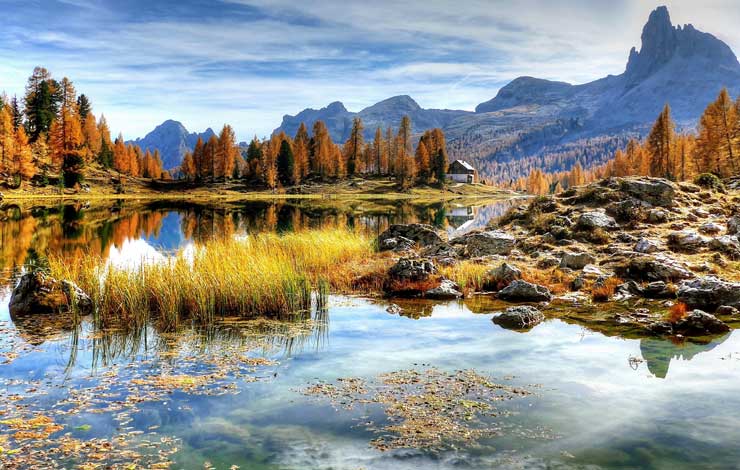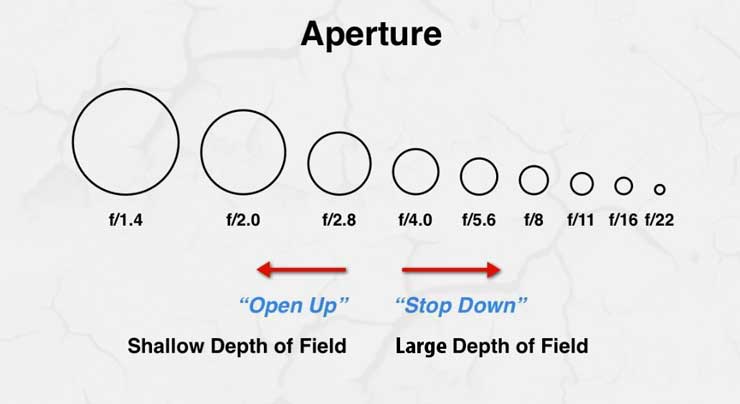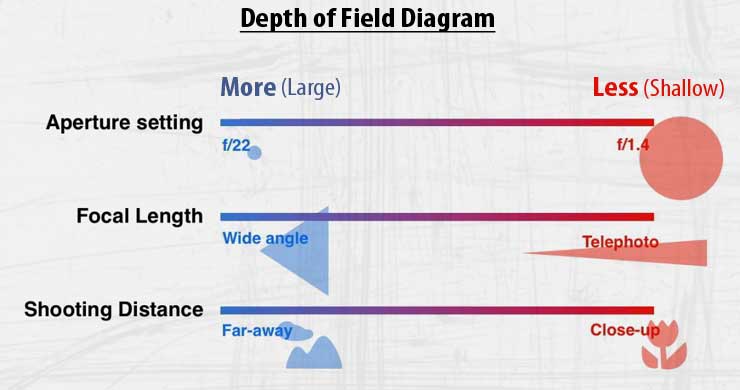Depth of Field Definition: Creating a shunning photograph with depth of field (DOF)! Depth of Field is the area of a photograph that appears sharp while the areas in front of and beyond the depth of field appear blurry. The image below demonstrates the awesome power of Depth of Field (DOF) in digital photography.

Depth of Field In Photography
Depth of Field Definition explains an important element in creative photography. When you understand this concept, you will have the opportunity to take shunning photographs with your digital camera.
Sometimes you can look at an image and think to yourself, that’s a great photograph! Now most people may not know why it’s a great photo or why it stands out! But my guess is that it is related to depth of field (DOF).
Grasping depth of field in photography is the creative edge to shunning photographs, especially if you are a beginner.
1. Depth of Field Definition
Depth of Field is the clear area or the sharp area around the subject in your photograph or your camera’s point of focus.
Generally, depth of field is governed by three rules – distance between camera and subject, focal length and aperture.
When you adjust the distance between camera and subject, focal length of the lens or the aperture size of lens, you can increase or decrease the clear area or the sharp area around your camera’s point of focus.
Shallow depth of field is usually used for portraits and close-ups; whereas, large depth of field is usually used for landscapes.

2. Shallow Depth of Field
Shallow depth of field is used to make the subject of the photograph stand out. By blurring the background (out of focus), the subject is isolated from its surroundings.
Using shallow depth of field brings that creative edge to your photography.
By increasing the aperture of your lens, you will increase the shallow depth of field. Furthermore, by moving closer to your subject, you will increase the shallow depth of field. Also, by increasing the focal length of your lens, you will increase the shallow depth of field.
The best way to grasp this element of photography is to begin experimenting with your digital camera. Use the three techniques above to create shallow depth of field. Take lots of photographs by increasing your aperture size. You will soon discover how your lens aperture works in this area of shallow depth of field. Take lots of photographs by moving closer to your subject. Again you will learn how this technique creates shallow depth of field. Take lots of photographs by increasing the focal length of your lens and you will see how shallow depth of field works.
Once you have grasped the techniques to create shallow depth of field, your photography will step up to a new level of creativity and you will begin to take stunning photographs.

3. Large Depth of Field
Large depth of field brings that 3D effect to your photography. Large Depth of Field brings sharpness to all of your focal area.
When you take a landscape shot, you want all of the photograph to be clear and sharp. Large depth of field allows this happen.
By decreasing the size of your aperture, you will increase the depth of field in your image. Furthermore, by decreasing the focal length of your lens, you will increase the depth of field in your image. Also, by increasing the distance between camera and subject, you will increase depth of field in your image.
Again, the best way to learn this important element of photography is by experimenting with your digital camera. Take shots and find out what works and what does not!
Enjoy your photography and develop a creative edge with depth of field! When experimenting with large depth of field, remember the rules of composition for photography.

4. Depth of Field Explained
Depth of Field (DOF) can get a little technical for beginners; however, if you keep in mind that Depth of Field (DOF) is controlled by aperture setting, focal length and shooting distance (see diagrams below), you are on the way to mastering this part of creative photography.
Aperture settings – without being too technical, keep in mind when you open up the aperture (smaller numbers [F/1.4] means more light), you will create shallow Depth of Field and when you stop down (larger numbers [f/22] means less light), you will create larger Depth of Field (see diagrams below). The best way to learn Depth of Field (DOF) in photography is to take photographs and experiment with the aperture settings.
Focal length of lens – the focal length of the lens will have influence the Depth of Field (DOF) in your photographs. Keeping it super simple, if you are use a 28mm lens at f/8 and a 50mm lens at f/8, the 28mm lens creates a larger Depth of Field (DOF) and the 50mm lens creates a shallow Depth of Field (DOF). Again, the best way to grasp this is to take photographs and experiment with different focal lengths with your lenses.
Shooting distance – the closer you get to your subject the shallower the Depth of Field (DOF) in your images. This is easily learned by moving towards your subject and away from your subject as you take your photographs.
Summary – now this can get a little confusing because you have different elements influencing the Depth of Field (DOF) in your photographs. However, if you keep it super simple and remember the three elements that influence Depth of Field (Aperture, Focal Length and Shooting Distance), you are on your way taking great creative images.

